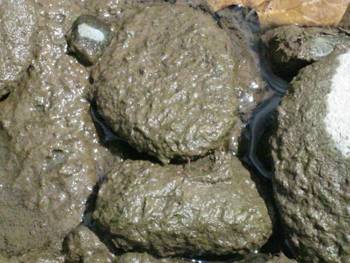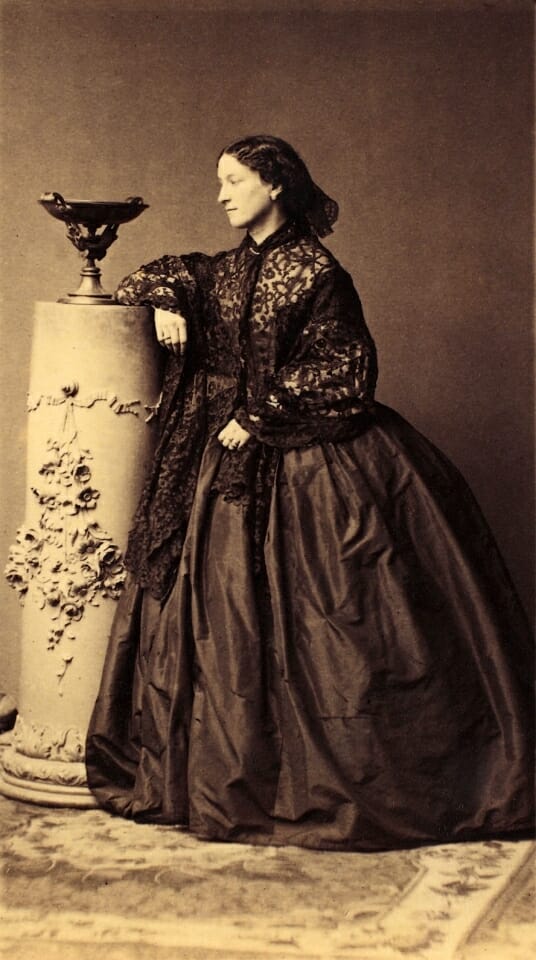The Think Tank brook trout are doing great and growing big. Every day we can learn more about their behavior, how they interact, and react to change by simply peering into their tank. In fact, our trout aquaria are like a window into the secret underwater life of streams and trout, and we have Jeanne Villepreux-Power, a 19th century marine scientist, to thank for this opportunity.
Jeanne is responsible for designing building, and utilizing the world’s first aquarium used for scientific study. Her timely invention came at a period in which scientists started to shift away from classifying and studying dead animals to observing the behavior of living ones instead. As you can imagine, it is possible that, without Jeanne Villepreux-Power’s innovations, we would not have Trout in the Classroom today.
You can learn more about Jeanne Villepreux-Power from the newly published picture book Secrets of the Sea: The Story of Jeanne Power, Revolutionary Marine Scientist, by Evan Griffith.
If you have been following the TIC Think Tank, you will know there is never a dull moment. After accidently leaving the tank uncovered over the course of some warm and sunny days, we came in to find an overgrowth of algae on all the surfaces withing the aquarium. Fortunately, blocking the sunlight stopped the growth and the trout managed to eat the remaining algae, leaving the tank clean once more.
So why stop the algae from growing in the tank? In a stream ecosystem, algae is an important part of the food web. Although it is not a true plant, algae produces oxygen via photosynthesis, provides habitat for benthic macroinvertebrates (the food of the trout), and hiding places for trout.
Algae can also be harmful. Algal blooms — a rapid growth of algae — are sometimes caused by the introduction of too much nitrogen and phosphorus into our streams. This type of bloom in a stream can smother trout and other species, causing rapid depletions of oxygen as it decomposes, and sometimes releasing toxic chemicals that can harm or even kill other organisms. Additionally, introducing invasive algae to streams can upset and damage the ecosystem, sometimes permanently. One example of this invasive algae we commonly see in New York is called didymo, or rock snot (looks like mucus).

Although it is thought to be native, didymo has been spotted in more and more streams in the state causing damage to the organisms that live in the streambeds. Trout Unlimited and other scientists have been working hard over the last several years to slow and stop the spread of invasive species by encouraging anglers and boaters to make sure to disinfect their boots, boats and gear before entering a new body of water. While there is no way to eliminate invasive algae once it blooms, we can all work together to help prevent unnecessary spread.
Science Journal Question for TIC Students: There is so much to learn about our trout in the aquarium. What are some questions you might have about trout behavior? How would you go about finding the answers?
Dive Even Deeper: Algae is surprisingly important in our everyday lives. Besides making up 50 percent of the oxygen we breathe, what are the other important ways that we rely on algae? Why do trout need algae in their ecosystem?
Lillit Genovosi is the New York City and Watersheds Trout in the Classroom Coordinator for Trout Unlimited.



